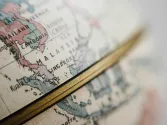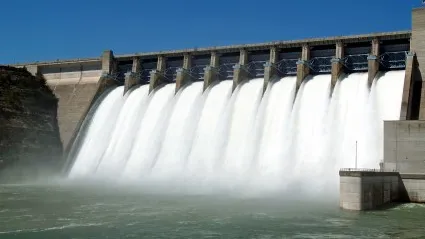
What could dry up Laos’ hydropower potential
The market is poised to be a key electricity exporter in Southeast Asia.
Hydropower abundance in Laos puts it at the forefront of the electricity trade in Southeast Asia where it is poised to be a leading electricity exporter in the next decade. Grid integration projects in the region give Laos a stronger case to be a key player, but this is not to say the market will not face droughts.
The market’s hydropower potential is currently at about 26.5 gigawatts (GW), according to the International Hydropower Association; but Fitch Solutions estimates Laos’ hydropower to stand only at 8GW, as of end-2021.
“Just from this alone, you can see that there's much room for hydropower sector growth, and this is in addition to the increasing electricity demand from its neighbouring markets such as Thailand, Vietnam, and even Singapore,” David Thoo, Power & Renewables Analyst, told Asian Power.
How Laos could power Southeast Asia from Charlton Media Group on Vimeo.
How Laos could power Southeast Asia from Charlton Media Group on Vimeo https://player.vimeo.com How Laos could power Southeast Asia https://vimeo.com
The market is further supported by the Laos-Thailand-Malaysia-Singapore Power Integration Project (LTMS-PIP), which integrates the power grids of these four countries. Laos is also exporting to Vietnam, on top of its existing two-way power trade with China.
Reliability woes
The reliability of hydropower could, however, hold back Laos as weather phenomena, such as drought, are increasingly intensifying which could lead to under delivery.
Thoo cited, for instance, the recent drought in China that heavily impacted the Sichuan province, considering hydropower accounted for 80% of its power mix. This eventually led to a halt in manufacturing activities and a disruption in supply chains.
“This may happen to Southeast Asia if it relies too much on hydropower for its electricity supply and [there is] no doubt that government authorities have already taken this into consideration, but the risk is still there,” Thoo said.
Aside from threats to reliability, Thoo said sourcing capital for hydropower plants is another challenge. Citing Fitch Solutions’ Key Projects Database, it was estimated that Laos currently has 38 hydropower dams in development with a combined value upwards of about US$18b in total, of which, 16 were backed by the government.
“Whether taking on more projects will increase the debt that Laos currently has could be a cause for concern,” Thoo said. “Our country risk team estimates the current total government debt as a percentage of GDP, to be about 88% in 2021, expanding to a further 90% this year 2022.”
Moreover, Laos will also need to jump over the hurdles of environmental and social protests, as well as set up the infrastructure necessary for electricity trade.
Thoo noted that at present, the average transmission and distribution losses of markets in the region are about 8.6%, and with more electricity running across various markets, he said financing for grid infrastructure will need to improve. Otherwise, the markets could suffer further losses to actual electricity running through the grids.
Multiple electricity trade
Amidst these challenges, the Laos government has taken steps to ensure that the market has the support it needs to become a regional leader. “This can be seen from the multiple electricity trade, MOU, and agreements signed with neighbouring markets,” he said.
Just last June, Laos started exporting through the LTMS-PIP to Singapore, which allows the market to draw up to 100 megawatts of hydropower electricity. Laos is also in talks with the Electricity Generating Authority of Thailand over plans to export 1.2GWs of electricity, in addition to the 9GW electricity Thailand earlier agreed to purchase.
“With the commencement of the LTMS-PIP, we expect further memoranda of understanding and agreements to progress,” Thoo said.
In a September industry report, Fitch Solutions noted that the import agreements and developments in electricity trade alleviate the risks to the technical practicality and regulatory feasibility of grid integration in the region. The connectivity of electricity markets is also underpinned by advancements in technology, particularly in high-voltage direct current (HVDC) systems and subsea cables.
In this light, Fitch Solutions projected Laos’ electricity exports to grow to 43.8-terawatt-hour (TWh) in 2031, growing by an annual average of 5.9% from 25.TWh in end-2021.
“Ambitious” Australia-Asia PowerLink
The region is also in the position to capture Australia’s power market with the development of the “ambitious” Australia-Asia PowerLink project. The project, led by Sun Cable, seeks to develop a 4,200-kilometre HVDC subsea cable, stretching from Darwin to Singapore through Indonesia. Up to 3.2GW of solar power capacity will be sourced from the 17-20GW Tennant Creek Solar Farm, Sun Cable is developing in the Northern Territory.
“I would admit that it is an ambitious project and it has great potential to transform the power mix of Southeast Asia with the subsea cables, and even the power mix of Australia because the solar farm is planned to have a capacity of 17-20GWs solar power capacity,” Thoo said.
Thoo said that funding is always an issue in building ambitious projects, such as the Australia-Asia PowerLink project. With reports that Sun Cable has secured US$151m from a Series B funding round in March, it is apparent that the project is still progressing. Despite this, Fitch Solutions finds it still too soon to tell whether the integration of Australia and Asia’s power markets is feasible.
“We currently say that it's too early to decide whether it will come online or not,” Thoo said.
“Therefore the import and export of electricity from Australia to Singapore are currently not forecasted in our forecast for the next 10 years.”

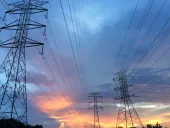
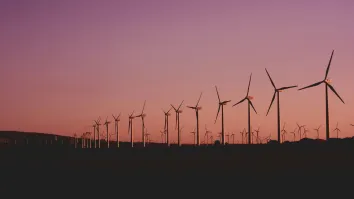
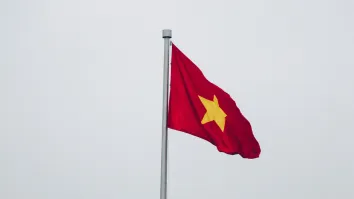
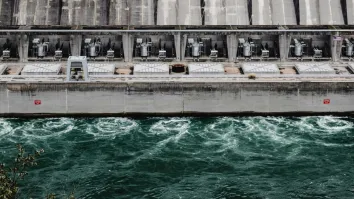
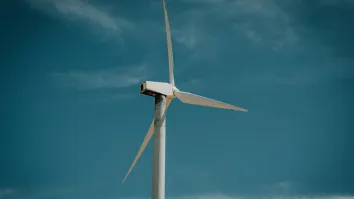













 Advertise
Advertise


